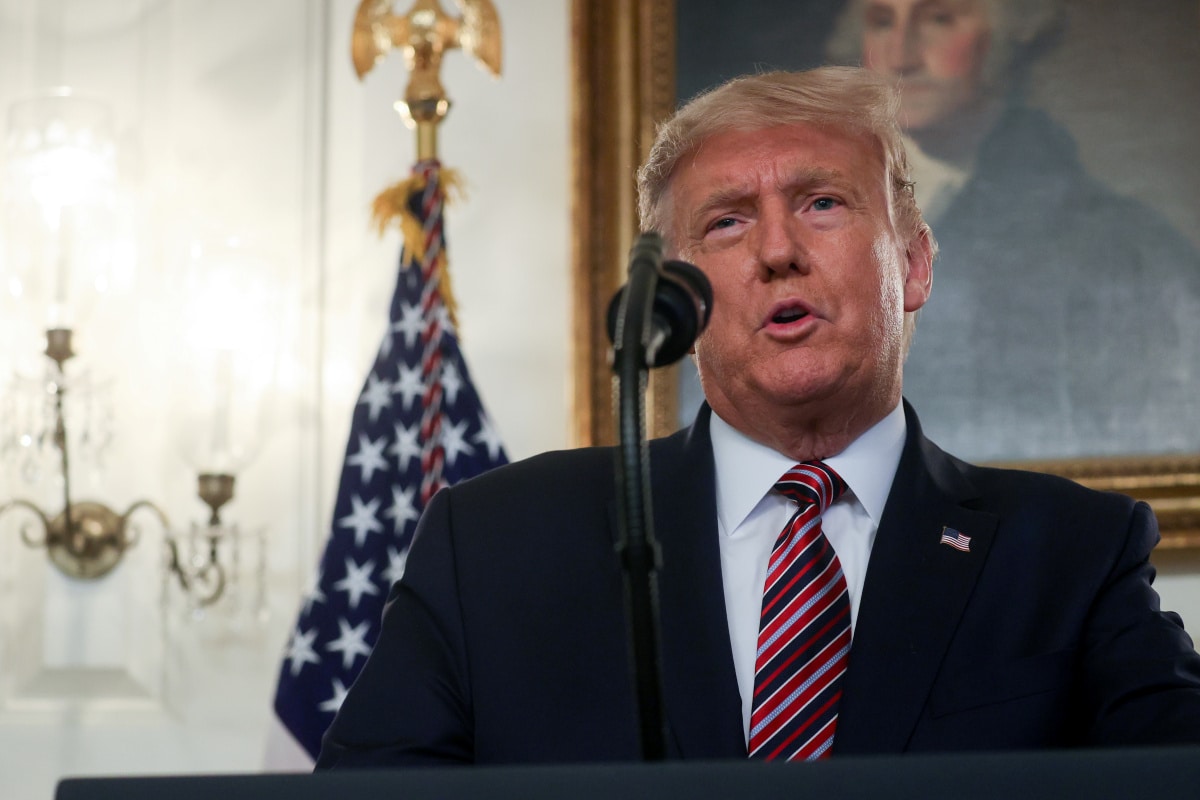China, which has accelerated its efforts to adopt its CBDC, has embarked on a new experiment steeped in tradition to get more people to use e-CNY. Chinese authorities have rolled out a feature for existing CBDC users that would allow them to send money to their friends and family as “red packets”. The “red packets” – also called “hongbao” – are considered a symbol of “luck” and are used to give people money as a gesture of good luck.
Unlike most parts of the world, China celebrates its New Year on January 22nd. The country has therefore published this CBDC Advertising strategy respecting the margin of one month in advance.
China’s dedicated app for the e-CNY CBDC allows users to send red packets to one person at a time. Users also have the option to set up a “lucky draw” where nominees can win a random amount from a pool of funds.
WeChat payment and Alipay — other online payment processors in China — are also offering digital red envelopes to get more people giving away money virtually this holiday season, CoinTelegraph said in a report.
The growing popularity of this gift trend obviously shows the rising interest that people in China have started to show an interest in.
China launched its e-CNY app Facilitate payments through the CBDC between 2020 and 2022.
In September last year, China imposed a blanket ban on all crypto-related activities. Along with the volatility of the crypto sector, the electricity required to keep it running had become a concern for Chinese authorities.
Despite restricting crypto activities, China has not turned its back on it Blockchain Technology.
It started work on its CBDC. A blockchain representation of the national fiat currency, a Central Bank Digital Currency (CBDC), is issued and overseen by central banks.
Financial transactions conducted through CBDC ensure that all records are transparent and immutable.
Around April 2022, China made its CBDC trials available in 23 cities, including Shanghai, Beijing, and Shenzhen. Residents of this city can use e-CNY, China Briefing, to pay for goods and services said back then.





